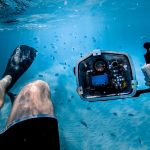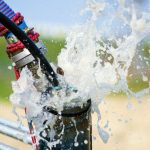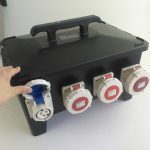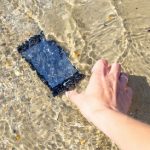The IP (Ingress Protection) enclosure system uses a 2-digit suffix to describe the degree of ingress protection for enclosures. With an IP67 rating, it can be fully submerged in fresh water to a depth of 0.5m for 30 minutes vs the higher IP68 rating which can tolerate submersion to a depth of 1.5 m for up to one hour. In this article, you will learn about the IP protection system, compare IP67 vs. IP68 ratings, and learn about typical IP applications.
IP Protection System
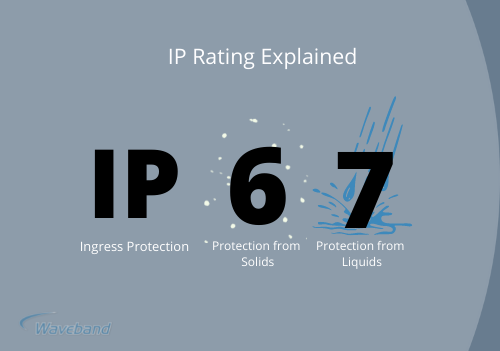
An international standard is the IP rating. It establishes the level of defense or sealing effectiveness in enclosures against an object, water, dust, and touch infiltration. Additionally, it adheres to European Standard EN 60529.
Products are noted by the initials IP (Ingress Protection), followed by two digits and an optional letter in the IP code. The two digits denote the level of intrusion protection versus solids and liquids. The optional letter notes the product’s resistance to pressure.
IP Ratings – Intrusion Protection
| Level | Intrusion Protection |
|---|---|
| X | No protection. |
| 1 | Protection from a large part of the body such as a hand (but no protection from deliberate access); from solid objects greater than 50mm in diameter. For example, accidental touch by hands. |
| 2 | Protection against fingers or other objects not greater than 80mm in length and 12mm in diameter. For example, fingers. |
| 3 | Protection from entry by tools, wires, etc, with a diameter of 2.5 mm or more. For example, tools, and wires. |
| 4 | Protection against solid objects larger than 1mm. For example, wires, nails, screws, larger insects, and other potentially invasive small objects such as tools/small, etc. |
| 5 | Partial protection against dust that may harm equipment. |
| 6 | Totally dust-tight. Full protection against dust and other particulates, including a vacuum seal, tested against continuous airflow. |
IP ratings – Moisture Protection
| Level | Moisture Protection |
|---|---|
| X | No protection. |
| 1 | Protection against vertically falling droplets, such as condensation. ensuring that no damage or interrupted functioning of components will be incurred when an item is upright. |
| 2 | Protection against water droplets deflected up to 15° from vertical |
| 3 | Protected against spray up to 60° from vertical. |
| 4 | Protected against water splashes from all directions. Tested for a minimum of 10 minutes with an oscillating spray (limited ingress permitted with no harmful effects). |
| 5 | Protection against low-pressure jets (6.3 mm) of directed water from any angle (limited ingress permitted with no harmful effects). |
| 6 | Protection against direct high-pressure jets. |
| 7 | Protection against full immersion for up to 30 minutes at depths between 15 cm and 1 meter (limited ingress permitted with no harmful effects). |
| 8 | Protection against extended immersion under higher pressure (i.e. greater depths). Precise parameters of this test will be set and advertised by the manufacturer and may include additional factors such as temperature fluctuations and flow rates, depending on equipment type. |
| 9 | Protection against high-pressure, high-temperature jet sprays, wash-downs, or steam-cleaning procedures. |
IP67 vs. IP68 Difference
The level of intrusion defense for IP67 and IP68 is the same (6). The moisture grade number is where the differences lie (7 vs. 8).
| Rating | Difference | Similarities |
|---|---|---|
| IP67 | Protected against the effects of temporary immersion between 15cm and 1m. Duration of test 30 minutes. | Dust-tight. Complete protection against dust and other particulates. |
| IP68 | Protected against long periods of immersion under pressure. | Dust-tight. Complete protection against dust and other particulates. |
Common IP Applications
The universal IP rating system gives buyers confidence that they can use products in certain environments. For example, the term ‘waterproof’ doesn’t provide a clear definition of where and to what extent an item can resist moisture ingress. Therefore, an IP rating provides a far more specific account.
Protective IP cases may apply to lighting, controllers, electric instruments, power supply, industrial camera housings, desktop electronics, and measuring/control equipment, to name a few. Instrument applications such as volt-meters, digital thermometers, and flow readers are also common. Additionally, electrical motors often bear the IP designation.
IP-rated enclosures compete in the industrial market with the NEMA (National Electrical Manufacturers Association) designation.
Common IP67 Applications
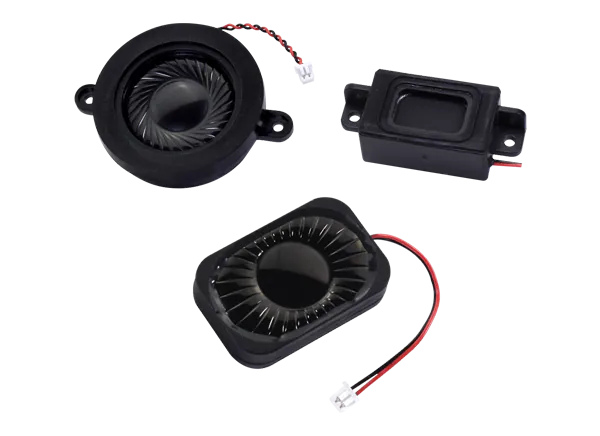
On consumer gadgets like cellphones or speakers, IP67 ratings are typical. These ratings, however, can also be helpful in industrial systems and any other situation where a device may need enhanced protection from water ingress and dust ingress.
Device designers rely on IP67 enclosures to give their electrical devices the highest level of water resistance and dust protection. Designers frequently request IP67 enclosures for their gadgets because they offer great water protection to everything from hose sprays to brief submersion. The IP67 form factor is one of the most common used IP configurations.
Common IP68 Applications
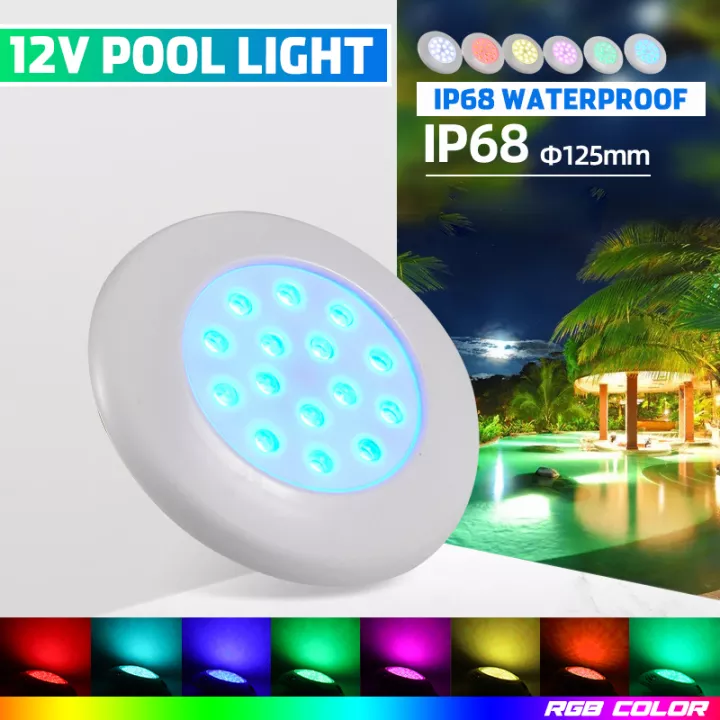
IP68 enclosures’ high standard of protection makes them a natural choice for some of the most demanding electrical and electronic applications. These often include:
- Marine equipment
- Equipment in areas potentially subject to flooding
- Water treatment and processing equipment
- Equipment that will be subject to repeated high-pressure hose-downs
IP67 vs. IP68 – Which to Choose?
When determining the right IP rating to specify, engineers must be vigilant to consider potential ingress from less obvious sources of moisture or particulates, such as condensation, steam, and accumulating dust in harder-to-reach areas.
Both IP67 and IP68 ratings offer excellent protection against splashes and compete against each other for applications. Consumer electronics such as mobile phones are seeing the specifciation of IP68 with increasing frequency over the IP67 model. Take, for instance, the Apple iPhone whose new models specify IP68 rather than the previously dictated IP67.
